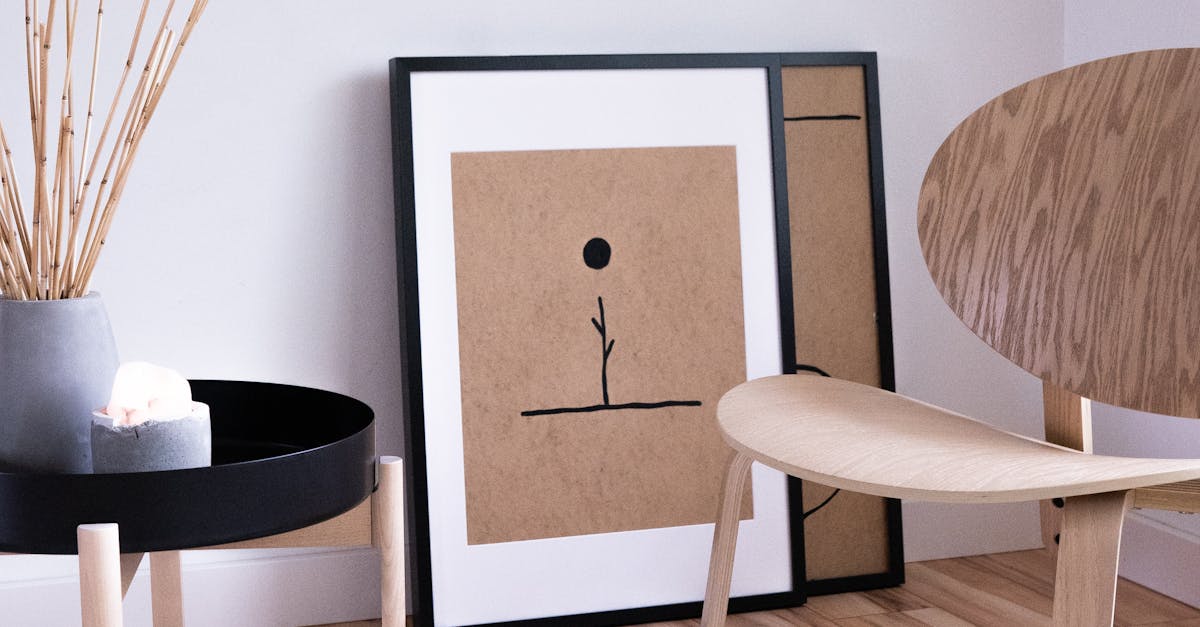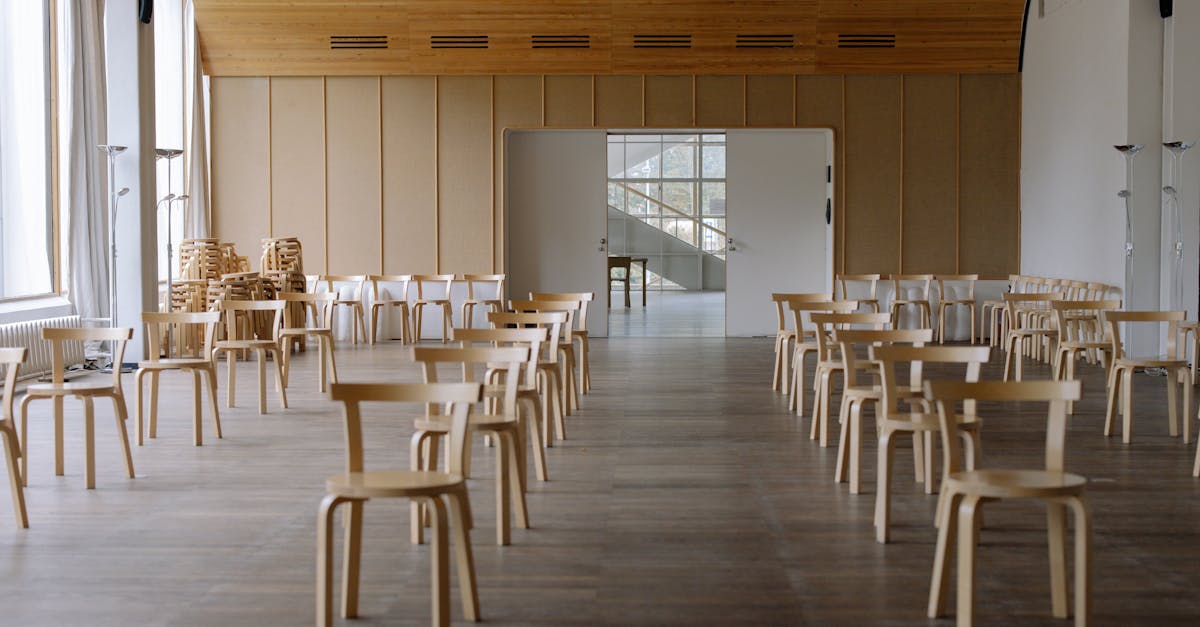
Introduction to Modern Minimalism
As we approach 2025, modern minimalist home design continues to refine itself, leaving a significant impact on architectural trends. Minimalism celebrates simplicity, emphasizing clean lines, uncluttered spaces, and a harmonious blend of architecture and nature. The appeal lies in its ability to evoke tranquility and provide a sanctuary from chaotic urban landscapes. This design approach is rooted in the belief that "less is more," encouraging homeowners to prioritize essentials. It draws influence from the Japanese principle of wabi-sabi, where beauty is found in imperfections. As the world navigates constant change, many find solace in the minimalist aesthetic.
Simplicity and Functionality
At the core of modern minimalist design is simplicity, achieved through open plans and functional elements. This design ethos favors unrestricted spaces, encouraging fluidity of movement and maximizing natural light. Furniture choices often emphasize dual functionality, addressing both aesthetic and utilitarian needs. Color palettes predominantly include whites, neutrals, and earth tones, creating a serene backdrop. The emphasis is on quality over quantity, advocating for investment in a few high-quality pieces rather than accumulating numerous decorative items. The principle of simplicity extends beyond aesthetics to simplify day-to-day living.
Integration of Nature
In 2025, the bond between minimalist design and nature has never been stronger. Architects are increasingly incorporating biophilic design, aiming to reconnect inhabitants with the natural environment. Large windows, glass walls, and open indoor-outdoor transitions invite nature inside. Homes often feature indoor plants, green walls, or indoor water features, enhancing the tranquil ambiance. Natural materials such as stone, wood, and bamboo are prominently used, offering texture while maintaining simplicity. This harmonious integration of elements ensures a calming residential experience, benefiting mental and physical well-being.
Sustainable and Eco-Friendly Techniques
Another driving force behind minimalist design is sustainability. With increasing awareness of environmental issues, there is a shift towards eco-friendly building materials and practices. Solar panels, energy-efficient windows, and sustainable insulation materials are frequently incorporated. Minimalist homes often utilize passive design elements, like strategic placements for natural ventilation and heating. The emphasis is on reducing energy consumption and minimizing waste. By focusing on sustainability, homeowners create environmentally conscious living spaces that beautifully align with minimalist principles.
Smart Technology Integration
As smart technology advances, minimalist home design incorporates these innovations seamlessly. Homes now feature integrated smart systems that control lighting, temperature, and security through connected devices. These technologies are discreet, aligning with minimalist aesthetics while enhancing convenience. Automated features help conserve energy, reducing environmental impact and operational costs. Voice-controlled assistants, smart thermostats, and adaptive lighting solutions add layers of functionality without compromising design integrity. The incorporation of technology redefines minimalism, merging simplicity with cutting-edge automation.
Minimalist Materials and Textures
The selection of materials plays a pivotal role in achieving a cohesive minimalist aesthetic. Natural and locally sourced materials top the list for their durability and minimal carbon footprint. Concrete, glass, and steel are popular for their modernity and structural efficiency. Textures are carefully chosen to introduce subtle visual interest; this could include polished concrete floors, textured wall finishes, or exposed brickwork. The focus remains on creating a uniform look while adding depth through complementary colors and tactile surfaces.
Art, Décor, and Minimalism
Although minimalist design is often associated with stark simplicity, art and décor play crucial roles in enriching spaces. Artworks, often large in scale but limited in number, become focal points, evoking emotion and character. They are carefully curated to speak volumes within a minimal setting. Décor items, like beautiful handcrafted pottery or a singular sculptural piece, are selected to resonate with personal style. The idea is to tell a story through these pieces while maintaining adherence to minimalist principles.
The Emotional Impact of Minimalist Spaces
Beyond aesthetics, minimalist home design deeply influences inhabitants' lifestyles and emotional well-being. Uncluttered spaces promote clarity of mind, reducing stress and enhancing focus. The fluid transitions between indoor and outdoor areas encourage interactions with nature, improving mental health. Moreover, minimalist homes often promote mindfulness by encouraging inhabitants to live intentionally, fostering appreciation for the present moment. This aligns with societal shifts towards wellness-focused living, marking minimalism not just as a design choice but a lifestyle.
Challenges and Innovations
While minimalism offers numerous benefits, it comes with its challenges. Some perceive it as cold or stark without thoughtful execution. The key is balancing warmth and personality through strategic choices in color, texture, and lighting. As minimalism evolves, innovations continue to emerge, addressing these concerns. Design approaches now integrate curated personal elements, making spaces inviting and reflective of individuality. The future of minimalist design holds exciting possibilities with the potential for bespoke creations that cater to personal preferences while adhering to minimalist standards.
Conclusion and Future Directions
As we advance further into 2025, modern minimalist design remains a testament to elegance and simplicity in home architecture. It harmonizes nature, sustainability, technology, and personal expression to create spaces of tranquility and inspiration. These designs meet the demands of contemporary life, emphasizing function and serenity in equal measure. As innovations continue to evolve, so too will minimalist design, paving the way for responsive, thoughtful homes. Ultimately, the future of minimalist design will continue to blend calming aesthetics with pragmatic functionality, offering a timeless approach to living.